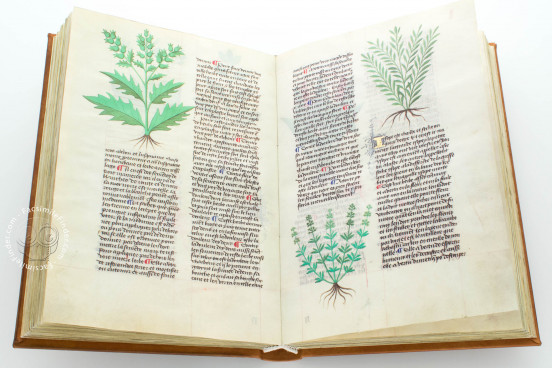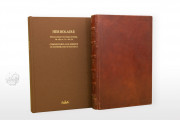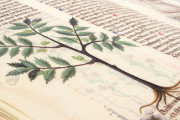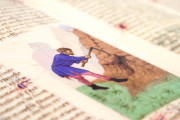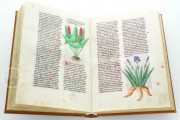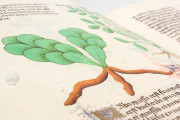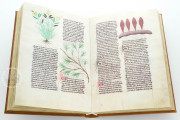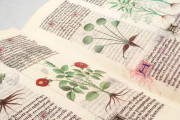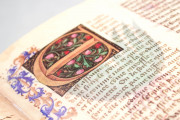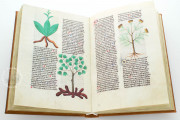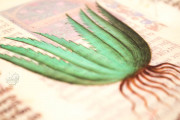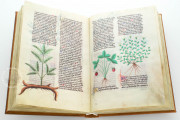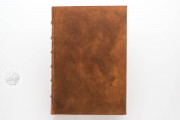Created in France around 1470, the Estense Herbal is an encyclopedia of plants (and a few animal and mineral substances). The text is influenced by works of classical antiquity and texts developed at the medical school at Salerno. Arranged alphabetically, the entries include hundreds of detailed depictions of plants showing their root structures, followed by descriptions of each species and its medicinal uses. The high quality of the paintings and the use of gold and elaborate penwork in the initials suggest a wealthy patron.
We have 1 facsimile edition of the manuscript "Estense Herbal": Herbolaire o Grant Herbier facsimile edition, published by Imago, 2006
Request Info / Price
